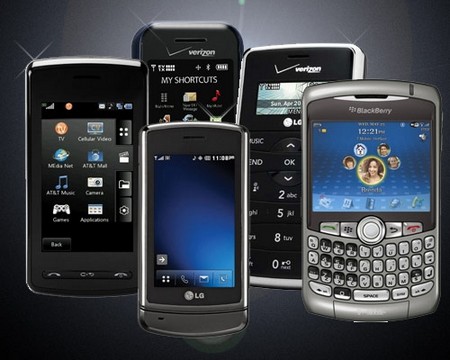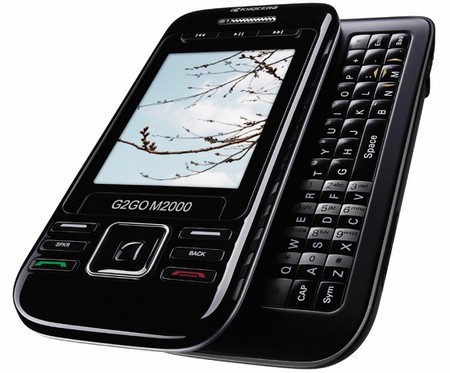The history of cellular phones may have originated in 1910 with Lars Magnus Ericsson who was said to have installed a telephone in his car. He traveled across the country, and whenever he saw a place where phone lines were accessible, he would connect to them using a pair of long electric wires.
In 1946, two Soviet engineers, G. Shapiro and I. Zaharchenko, successfully tested a mobile phone installed in a car for which the telecommunication companies started offering phone plan deals. It could connect to a local telephone network up to a range of 20 kilometers. A year later, two Bell Labs engineers, Douglas H. Ring and W. Rae Young, proposed hexagonal cells in mobile phones in cars and using a three-directional antenna for transmitting and receiving signals. However, cellular technology was not developed until the 1960s when Richard Frenkiel and Joel Engel of Bell Labs developed the electronics.

Science Fiction turned to Reality
Developed by Ericsson and sold in Sweden in 1956, the Mobile Telephone System A, or MTA, was the first fully automatic mobile phone system that required any kind of manual control. It was too heavy, however, with a total weight of 40 kilograms. In 1965, the model was upgraded to MTB with transistors and DTMF signaling. It only weighed 9 kilograms.
Following the heels of Ericsson, a young Soviet radio engineer named Leonid Kupriyanovich created in 1957 the portable mobile phone. He named it after himself as LK-1 or “radiophone.” This was a true mobile phone because it was a relatively small handset equipped with an antenna and rotary dial, and can connect with a base station that could connect to a local telephone network. Not only that, his phone weighed only 3 kilograms, could operate up to 30 kilometers, and had up to 30 hours of battery life. In 1958, Kupriyanovich resized his “radiophone” to a “pocket” version, which had an improved “light” weight of about 500 grams.

Continuity of Service
In 1958, Russia continued to develop mobile phone systems, which connected with base stations that could serve up to six customers. However, the problem with these systems was the continuity of calls kept being disrupted when the phone went through several base stations. The caller had to stay in an area nearest to one base so the call’s signal would not be disrupted.
This problem was solved when, in 1970, Amos E. Joel, Jr., another Bell Labs engineer, invented an automatic “call handoff” system to allow mobile phones to move through several cell areas during a single conversation without loss of conversation.
Generations
Successfully launched in 1971, the ARP network in Finland could be considered as a zero generation cellular network. First generation networks started with the release of the Motorola DynaTAC on April 1973. Soon, the second-generation (2G) phones followed suit with GSM, CDMA and iDEN in the 1990s. Later, 3G networks ramped up their services with faster EDGE and GPRS features. The 2G phones have been gradually phased out of the market. Third-generation phones are now widespread in their use. Live streaming of radio and television is the future of the technology.
Comments are closed